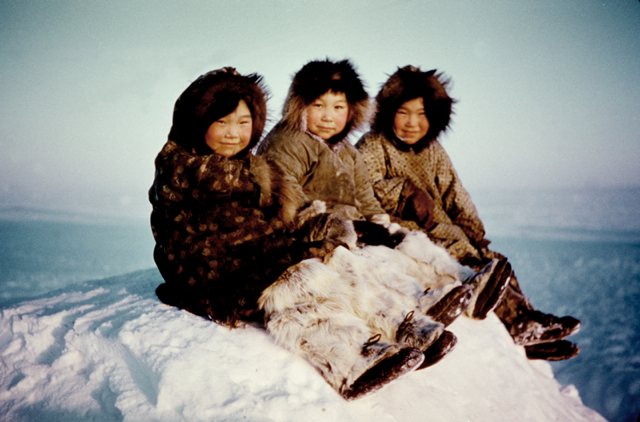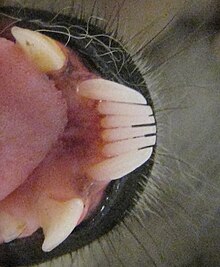Human Variation & Race
1. High Altitude proposes major environmental stress for humans because of the decreased air pressure and the changes of usually hot climate during the day and freezing climate during the night. High Altitude negatively impacts survival of humans because with a low air pressure, getting enough oxygen supply to one’s low altitude adjusted body proves difficult called Hypoxia. Hypoxia refers to ones own lungs not being able to provide oxygen to our vascular systems, which can lead to many life threatening illnesses that will not resolve until the person if back to normal altitudes.
2. Short-term adaptation:
An example of a short-term adaptation would be an increase in breathing rate and heart rate as we try to supply our body with the proper amount of oxygen.
Facultative adaptation:
Our bodies being to take part in the Acclimatization process. Here our bodies adjust to the new environmental stress by creating more blood cells to aid in carrying oxygen. Our lungs also increase in size to promote osmosis of oxygen and carbon dioxide. Our bodies also enhance our transfer of gases by increasing our vascular network.
Developmental adaptations:
Indigenous peoples who have lived in high altitudes for thousands of years have experienced developmental adaptations. For example, Indians in the high mountain valleys of Peru and Bolivia have been found to produce more hemoglobin in their blood which helps lung expansion capability. Other peoples have adapted to breathe faster and keep their hemoglobin levels normal. The EPAS1 gene has been found to highly valuable when adapting to high altitude environments.
Cultural adaptations:
People who wish to climb mountains at such high altitudes carry oxygen tanks to aide the oxygen intake and relieve stress so they do not experience some of the side effects of low air pressure. For people who do not wish to visit these high altitude places for leisure, tool kits, special clothing, ability to make a fire, would all be beneficial.
3. By studying human variation from this perspective across environmental clines we enable ourselves to fully understand the world around us, and the the people living in it. We are able to identify individual stresses and study human variation and adaptation to better understand it. We can use this information in a productive way by preparing ourselves for travel, by understanding what environmental stresses we might face, we are better able to overcome them successfully.
4. Using race to understand the variation of adaptations in a cline would not be beneficial because it may only address one o adaptation among many. One cannot use race to understand these adaptations because for one, its too broad of a spectrum and does not really serve any purpose when one thinks about altitude. By studying the environmental influences on adaptations is best because we are able to look a the full spectrum, not just a few parts of the adaptations.

















